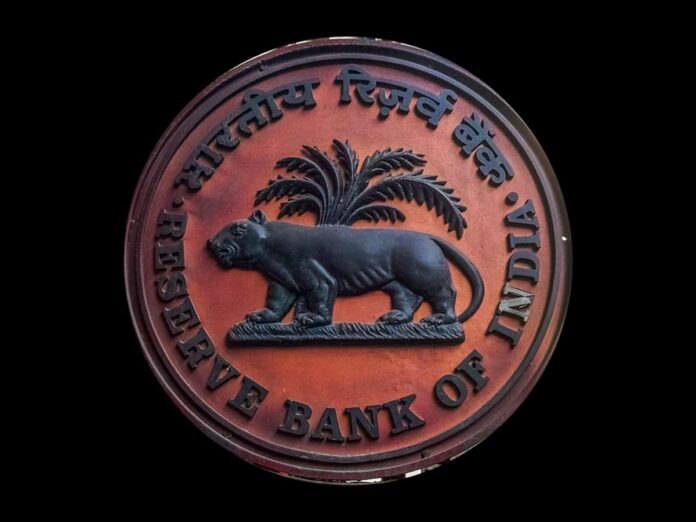The MPC hiked the repo rate by 50 bps to 4.9 percent, as was widely expected by the market. However given that recent experience had significantly reduced the market’s confidence in being able to read monetary policy actions, there were fears of a larger repo hike or even further action on CRR. The policy, being along expected lines, therefore constituted a relief. There were some other elements as well that may serve to calm some of the disorientation in market expectation with respect to the future course of rate hikes that had set in the post the surprise inter-meeting hike in May.
The Inflation Assessment, Needless to say, there is an acknowledgment of the new risks to inflation that have materialized. These include commodity prices, state electricity tariff hikes, poultry, and feed costs, continuing supply chain bottlenecks, the recent rise in tomato prices, etc. Second-order risks from rising pass-through of input costs to sell- ing prices in the manufacturing and services sector have been mentioned as well. On the flip side, prospects of a normal monsoon, the recent supply side measures from the government and the unfolding of their impact, Indonesia lifting the palm oil export ban, and signs of moderation in global industrial metal prices are mitigating factors in play.
Importantly, the RBI’s quick survey of ur- ban households undertaken after the excise duty cuts on petrol and diesel on May 21, 2022, shows a significant moderation in their inflation expectations: declines of 190 basis points in their three months ahead expectations and 90 basis points in one year ahead expectations. Further, the Governor has taken care to emphasize that 75 percent of inflation currently is on account of food and that too largely owing to global factors. Also, he has noted that monetary policy actions taken thus far will themselves also have an influence on inflation, and the same isn’t built into the forecast currently. On basis of the above, the average CPI forecast for FY 23 has been increased by 100 bps. The RBI’s CPI forecast for H1 FY23 is higher than ours and for H2, it is lower. This has a few interesting takeaways for us. The market may not have any reason to question the RBI’s near-term forecasts given that it seems to be accounting for most of the known inflationary pressures over H1. H2 is too far in the future and therefore subject to that much more forecasting uncertainties. Thus while analytical counter-perspectives may be made, again it is difficult to “thump the table” and say that the RBI’s H2 forecasts are low. This is especially because post an extraordinarily large commodity price shock as being witnessed now, the pace of unwinding ahead will be that much harder to model for. With global growth slowdown gathering pace, and at least tentative signs emerging of the ‘goods’ economy starting to lose steam, the RBI’s view on H2 may actually end up holding more merit. Q1 FY24 average inflation.




